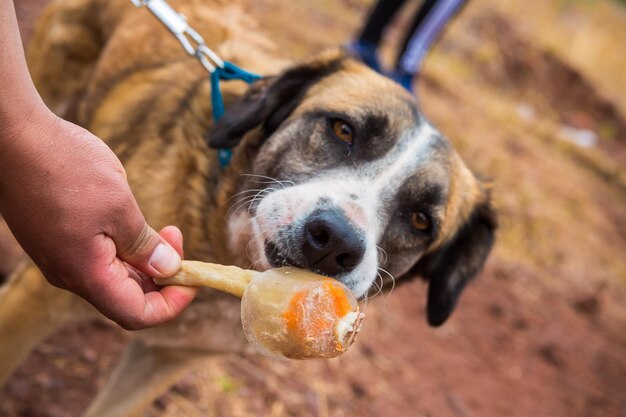Can Dogs Develop Diabetes? Discover What You Need to Know
If you’re a dog owner, your furry friend's health is always a top priority. So, when you hear about conditions like diabetes, it's natural to wonder if your pet might be at risk. Can dogs get diabetes? Yes, dogs can develop diabetes, and it's essential to recognize the signs and know how to manage this condition effectively.
Understanding Diabetes in Dogs
Diabetes mellitus is the most common form of diabetes in dogs, and it’s similar to the human condition in many respects. It occurs when the body either cannot produce enough insulin or cannot use it properly, leading to elevated blood glucose levels. Just like in humans, if untreated, this can lead to serious health complications.
While any dog can develop diabetes, certain breeds and conditions increase the risk, including:
- Breeds more prone: Poodles, Dachshunds, Miniature Schnauzers, and Samoyeds.
- Age factor: Middle-aged and older dogs, typical onset occurs around ages 7-9.
- Obesity: A leading factor in the development of diabetes in dogs due to how it affects metabolism.
Signs to Look Out For
Early detection of diabetes is crucial. Here are some common symptoms you should watch:
- Increased thirst and urination
- Unexplained weight loss
- Increased appetite
- Lethargy or decreased activity levels
- Cloudy eyes, which can lead to cataracts
If you notice any of these signs, consulting your veterinarian promptly is vital. Early diagnosis and treatment can improve your dog's quality of life and prevent severe complications.
Managing Canine Diabetes
Once diagnosed, managing diabetes typically involves a combination of insulin therapy, diet, and exercise. Regular vet check-ups are crucial to monitor your dog's condition and adjust treatment as needed:
- Insulin Injections: Most diabetic dogs require regular insulin shots, so being comfortable with this routine is essential.
- Dietary Adjustments: Feeding your dog a balanced diet and maintaining a healthy weight are crucial. Veterinarians often recommend a high-fiber, low-sugar diet.
- Exercise: Regular physical activity helps control blood sugar levels and keeps your dog fit.
Navigating the Costs
Managing diabetes in dogs can be costly, involving continuous veterinary care, medications, and potential complications. However, there are ways to manage these expenses:
- Pet insurance: Consider enrolling your dog in a comprehensive insurance plan that covers chronic conditions.
- Nonprofit Assistance: Some organizations provide financial aid to pet owners for veterinary expenses.
Exploring Financial Assistance for Pet Owners
Owning a pet comes with responsibilities, and financial constraints shouldn't prevent you from providing the necessary care. If you find yourself needing assistance, consider these options:
- Local veterinary schools: Often offer lower-cost services.
- Credit options: Some companies provide credit specifically for veterinary care.
- Charitable organizations: Numerous nonprofits offer grants or other forms of assistance to pet owners in need.
🐾 Financial Assistance Options for Pet Owners:
- 🏦 Pet Insurance Plans: Covers unexpected health issues, helping reduce costs.
- 🐶 Nonprofit Aid Programs: Offer grants and financial aid for veterinary care.
- 💳 Veterinary Credit Cards: Allow you to spread out payments for large vet bills.
- 🎓 Veterinary School Clinics: Services provided by supervised students can reduce costs.
- 🌐 Community Support Groups: Network with fellow pet owners for advice and resource sharing.
Understanding and managing diabetes in dogs is imperative to your pet's health. By staying informed and seeking out available resources, you can ensure your furry friend enjoys a happy, healthy life while managing this condition effectively.
